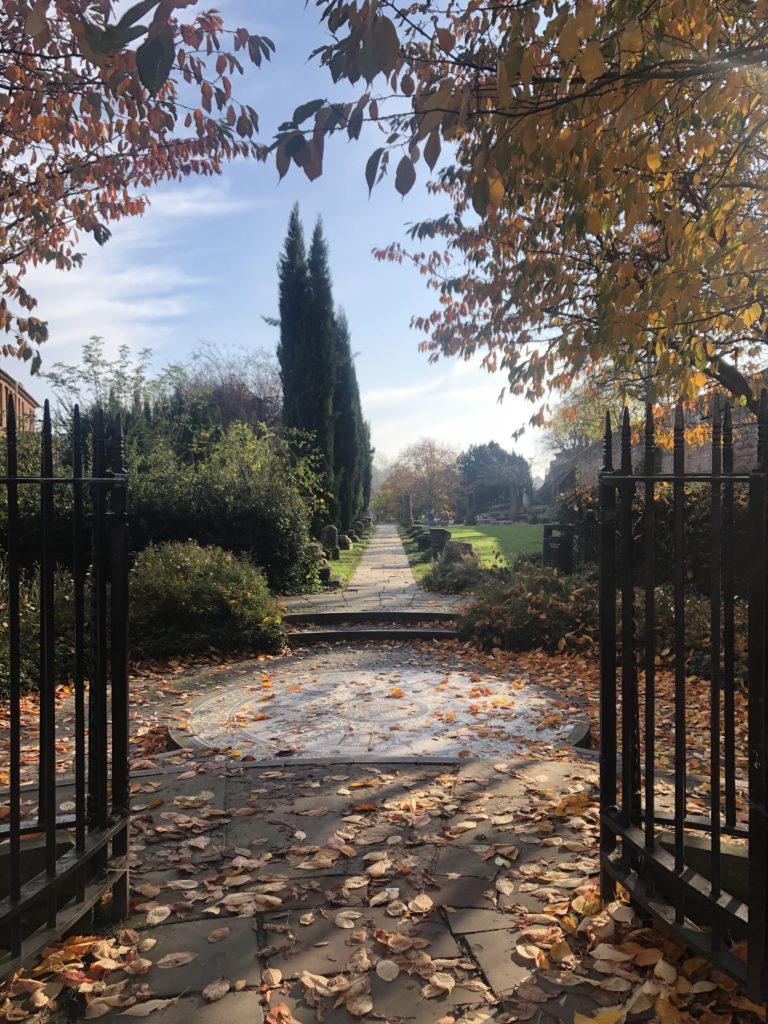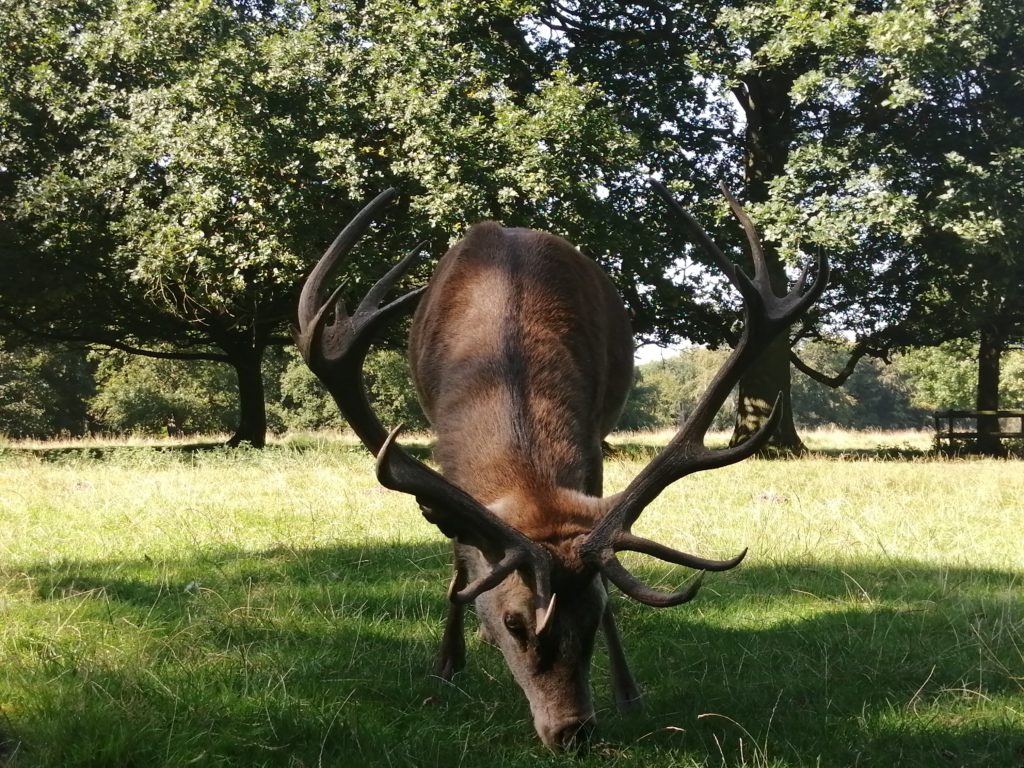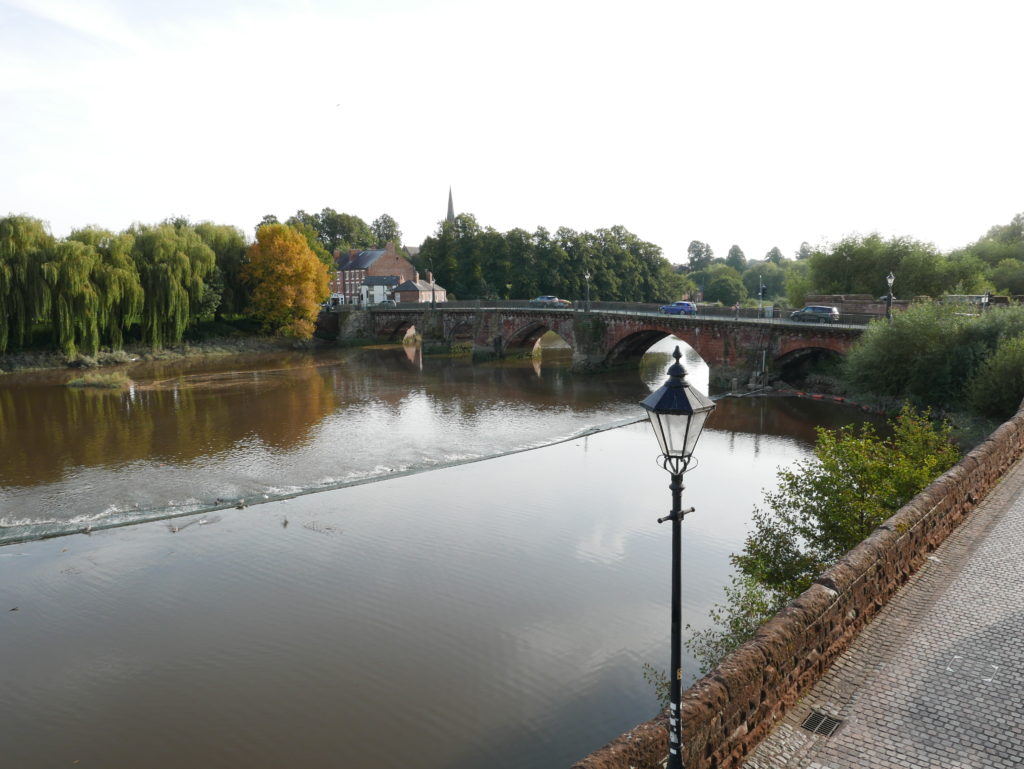You might think a visit to Cheshire reveals little more than ‘soccerati millionaires’ living in bling-filled mansions close to glorious Roman Chester city. Well, it’s much more. And it has a fascinating Irish past. JAMES RUDDY reports
 Chester Roman gardens (picture: Chester BID)
Chester Roman gardens (picture: Chester BID)Little wonder so many Irish families flocked to the back-breaking salt mines, textile mills and canal digging sites of bygone Cheshire.
There was work aplenty for men – and women - prepared to endure the danger and exhaustion of jobs that killed plenty and crippled many more in accidents - and in conditions that would be utterly illegal today.
Two centuries ago starving broods from as far afield as Donegal and Dublin could find plenty of painstaking toil in silk centres, like Macclesfield, in the east of the county — even for their five-year-olds, who would employ their delicate fingers for many hours a day refining the valuable threads.
Further west, around Northwich, was the geological miracle of priceless underground salt reserves that greedy mine owners turned into a living nightmare of subsiding houses and sinkholes for their workers who had to dig ever-more extraction shafts.
Even in quaint and affluent ‘Roman’ Chester, Irish connections abound, most notably in the grandiose 1869 Victorian Gothic Town Hall, which was designed by Co. Down architect William Lynn, went hugely over budget and was opened by Queen Victoria’s son, Prince Edward (who later became King), and Prime Minister William Gladstone.
On a less imposing note, the nearby Irish pub, the 19th century Dublin Packet, is named after the boat which regularly sailed from Dublin up the River Dee, before the waterway silted up. Its most famous landlord was Everton’s greatest-ever player, Dixie Dean, who played for England and towards the end of his pre-war career turned out for Sligo Rovers.
It was Irish linen imports — in the 1780s over 3000 miles a year were being brought in by ship — which attracted the skilled Irish weavers to Chester, as well as many of their many unskilled friends and relatives who worked on the local farms and roads.
The Chester Irish were scattered across the city in the 19th century but the main ‘ghetto’ was around since-demolished Steven Street, with 467 residents in one census, which has been described as ‘poor, riotous, tight-knit and happy.’
Among them were some who became locally lauded, like war hero Sergeant Thomas Heaney, who was Chester-born to Irish parents and lived on the street with his Irish wife Catherine.
His name is inscribed on the Town Hall War Memorial, as he enlisted in the First World War and fought valiantly in France, before returning in 1918 with trench fever, from which he soon died and was buried with full military honours.
His son, James, who had enlisted with him, survived the awful Gallipoli campaign, and returned to join his widowed mother, who managed, singlehandedly, to bring up all seven children - one of whom even became Mayor of Chester.
 A nibbling deer at Tatton Park (picture: Sue Mountjoy)
A nibbling deer at Tatton Park (picture: Sue Mountjoy)Such fascinating facts emerged as I spent a few days spent ambling around Cheshire and Chester, which are bursting at the seams with great museums and eateries, glamorous shops and fine hotels, from the most tranquil of rural idylls, like Wychwood Park, to the liveliest of city centre places, like Chester’s Macdonald New Blossoms.
Of course, if retail therapy is your thing, then you might like to try the well-stocked charity shops in the ‘millionaires’ triangle’ (Wilmslow, Prestbury, Alderley Edge and Knutsford) which are often stuffed with the unwanted designer-wear of the local rich and famous (think Manchester City and United glitterati).
I picked up many a bargain there a few years ago when I lived in nearby Poynton – where I once narrowly avoided a head-on collision with Wayne Rooney on a sharp country bend.
 River Dee at Chester (picture: Sue Mountjoy)
River Dee at Chester (picture: Sue Mountjoy)On a more cultural note, you might fancy a walk up the steep sandstone hill to medieval Beeston castle, which has rewarding views over the Cheshire Plain to the one-time warring tribespeople of Wales. A long siege there during the English Civil War ended after the starving defenders resorted to eating the castle cats.
A short drive away took my partner and photographer Sue Mountjoy and me to the fascinating Lion Salt Works, where 19th century men toiled in creaky buildings to produce the precious crystals which were boiled in giant vats and sent across the Empire for huge profits.
Tatton Park, on the other hand, took us on a leisurely tour of the vast estate, where you could spend a whole day at the mansion, medieval manor house, working farm and gardens. Don’t get as close as I did to the inquisitive deer though!
With Putin making us wonder if we might need to dig a big concrete hole in the back garden, the Hack Green Secret Nuclear Bunker was our next quirky call. It used to be the region’s Cold War nuclear operations centre, where ‘the lucky few’ top politicians and civil servants would survive an attack living on tinned food, filtered air and dodgy water as they plotted the future – if there was one!
Of course we couldn’t visit Chester without a wander along the two-miles of restored Roman walls, the 11th century cathedral (you can see Wales from the top), the excavated Roman amphitheatre and the relatively new Storyhouse, which houses a theatre, cinema, library and a yummy Eastern Med brasserie.
Of course, Chester is often packed when there is a meeting at its Racecourse, the oldest working course in the UK. Known as the Roodee, it was established by Sir henry Gee in the 16th century and, apparently, is where the term ‘gee-gees’ was first coined.
Further afield we studied the Irish navvies’ living conditions at the historic National Waterways Museum, at Ellesmere Port, Chester Zoo, the Silk Museum, and, for stargazers, Jodrell Bank, with its range of talks and Dome Shows, both at Macclesfield.
 The Pheasant Inn (picture: Sue Mountjoy)
The Pheasant Inn (picture: Sue Mountjoy)Factfile
Chester Tour Guides (Isabel Robertson was a delight): https://chestertours.org.uk/
National Waterways Museum: https://canalrivertrust.org.uk/places-to-visit/national-waterways-museum
Chester Storyhouse: https://www.storyhouse.com/
Silk Museum : https://www.thesilkmuseum.co.uk/

